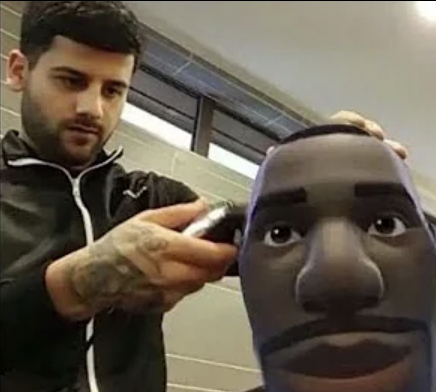energy, t1
Cards (57)
- what is work done?
- Gravitational Potential Energy
- Elastic Potential Energy
- Chemical Potential Energy
- Kinetic Energy
- Internal Energy
- Thermal Energy
- Elastic Stored Energy
- Mechanical Energy
- Conduction
- Convection
- Thermal to Mechanical Energy Conversion
- Mechanical to Thermal Energy Conversion
- what is specific heat capacity
- how many J do you need to heat water by 1ºC
- Conservation of Energy
- Energy Conversion
- Efficiency
- Power
- Rate of Energy Transfer
- Units of Power
- Example: Power of a Lamp
- What is the topic being discussed in the video?
- Why should students pause and take notes during the video?
- How many different energy stores are mentioned in the video?
- What are the eight different energy stores that need to be remembered for the energy topic?
- Which energy stores are more common and should be focused on?
- What is the equation for kinetic energy?
- What is the equation for gravitational potential energy?
- What units can gravitational field strength be expressed in?
- What does elastic potential energy relate to?
- What is the definition of specific heat capacity?
- What is the equation for calculating the change in energy using specific heat capacity?
- How can specific heat capacity be rearranged?
- What is the conservation of energy principle?
- What does the conservation of energy imply about the total energy in the universe?
- What is power defined as?
- How is power related to time?
- What is conduction?
See similar decks
1.4 Energy
CCEA GCSE Physics > Unit 1: Motion, Force, Density, and Kinetic Theory202 cards1.2 Energy
WJEC GCSE Physics > Unit 1: Electricity, Energy, and Waves70 cards1.1.2 Understanding Energy Transfers
GCSE Physics > Unit 1: Energy > 1.1 Energy Stores and Systems47 cards1.4.2 Potential Energy
CCEA GCSE Physics > Unit 1: Motion, Force, Density, and Kinetic Theory > 1.4 Energy65 cards5. Energy changes
GCSE Chemistry139 cardsTopic P7: Energy
OCR GCSE Physics94 cards6.13 Energy Conservation
AP Environmental Science > Unit 6: Energy Resources and Consumption34 cards3.3 Potential Energy
AP Physics C: Mechanics > Unit 3: Work, Energy, and Power60 cards1.1.1 Identifying Different Energy Stores
GCSE Physics > Unit 1: Energy > 1.1 Energy Stores and Systems68 cards3.2.2 Energy Efficiency
AQA A-Level Environmental Science > 3. Energy Resources > 3.2 Energy Production and Consumption60 cardsUnit 1: Energy
AQA GCSE Physics476 cards2.4.2 Energy Transfer
AQA GCSE Physics > Unit 2: Electricity > 2.4 Energy Transfers in Electrical Appliances11 cards3.2.4 Energy Balance
AQA GCSE Food Preparation and Nutrition > 3.2 Food, Nutrition, and Health52 cards5.2.2 Energy Flow
Edexcel A-Level Biology > Topic 5: On the Wild Side > 5.2 Energy Transfer in Ecosystems51 cards1.2.3 Reducing Unwanted Energy Transfers
GCSE Physics > Unit 1: Energy > 1.2 Conservation and Dissipation of Energy36 cards1.2.2 Efficiency of Energy Transfers
AQA GCSE Physics > Unit 1: Energy > 1.2 Conservation and Dissipation of Energy11 cards6.2 Energy Security
Edexcel A-Level Geography > Unit 6: The Carbon Cycle and Energy Security60 cards3.2.2 Internal Energy
AQA GCSE Physics > Unit 3: Particle Model of Matter > 3.2 Changes of State76 cards2.4.2 Activation Energy
WJEC GCSE Chemistry > Unit 2: Chemical Bonding, Application of Chemical Reactions, and Organic Chemistry > 2.4 Chemical Reactions and Energy30 cardsTopic P7: Energy
OCR GCSE Physics145 cards6.10 Geothermal Energy
AP Environmental Science > Unit 6: Energy Resources and Consumption58 cards
